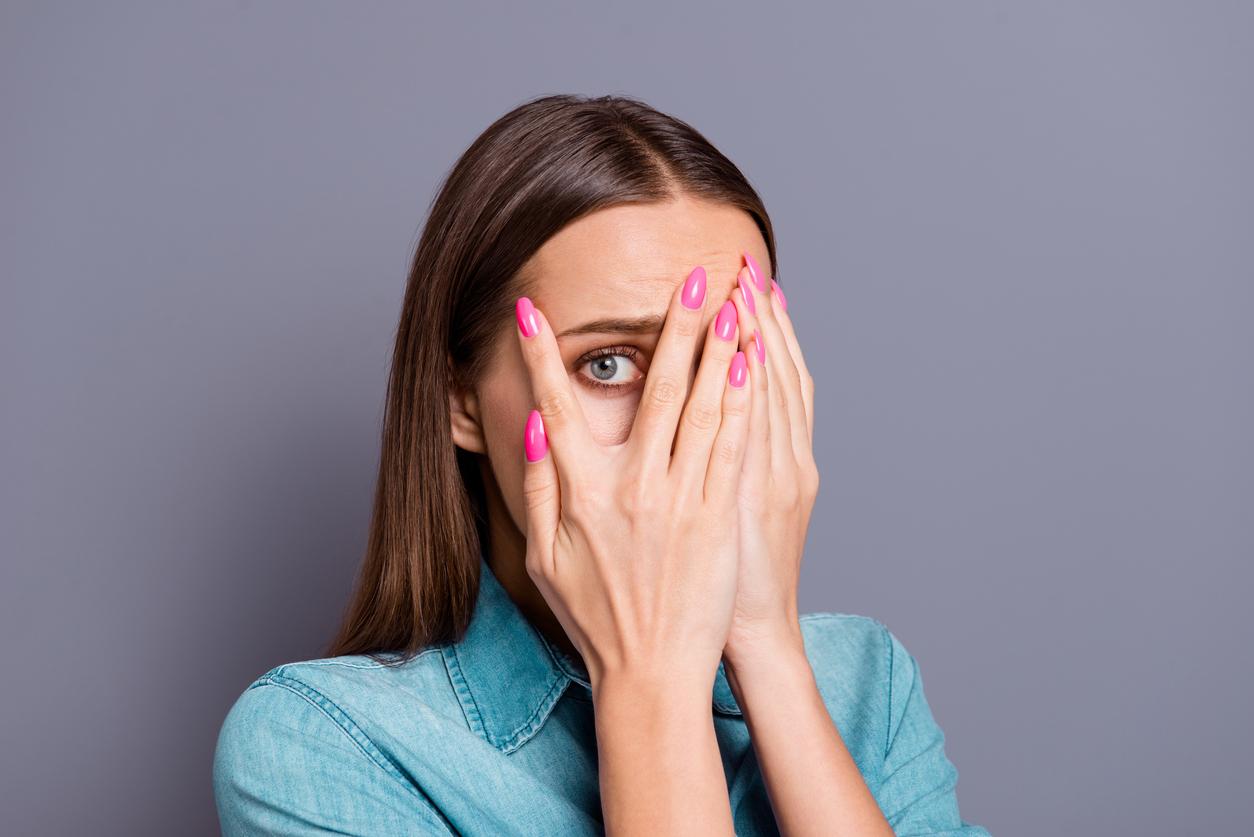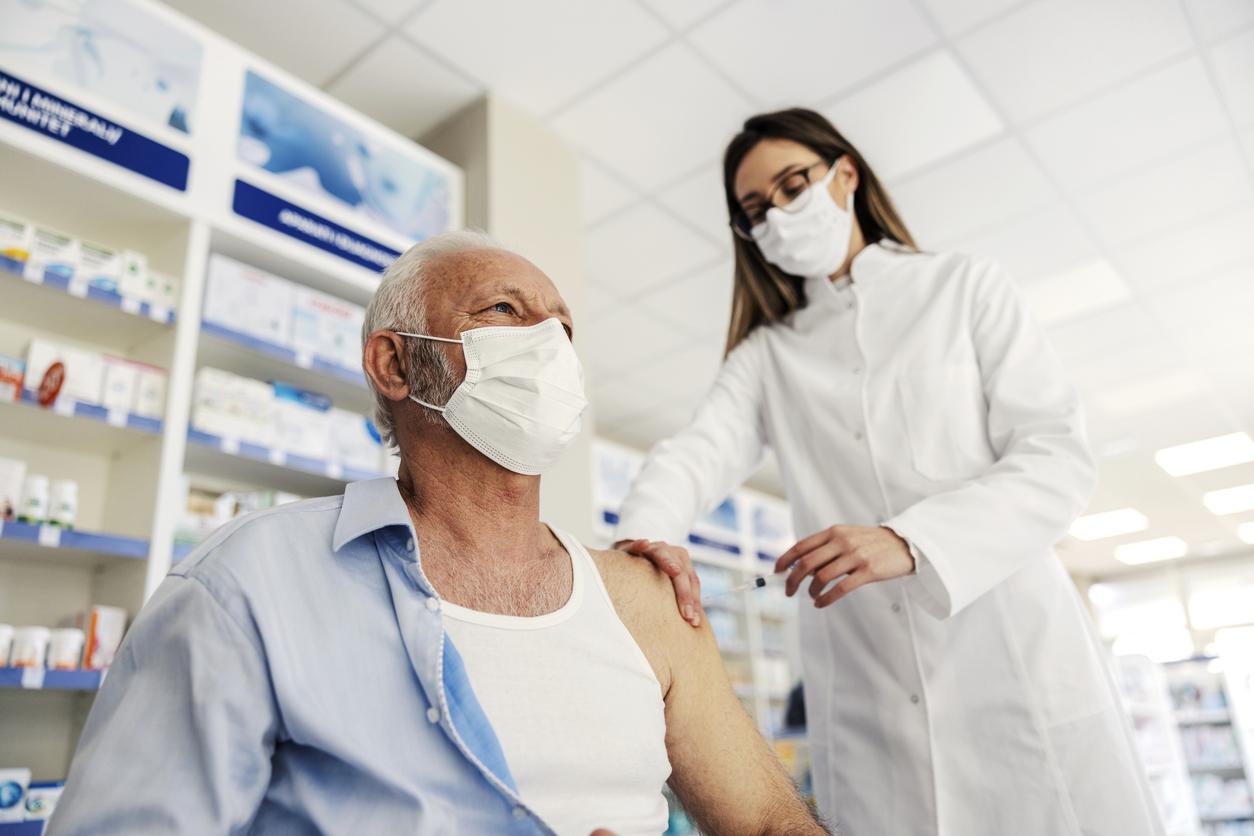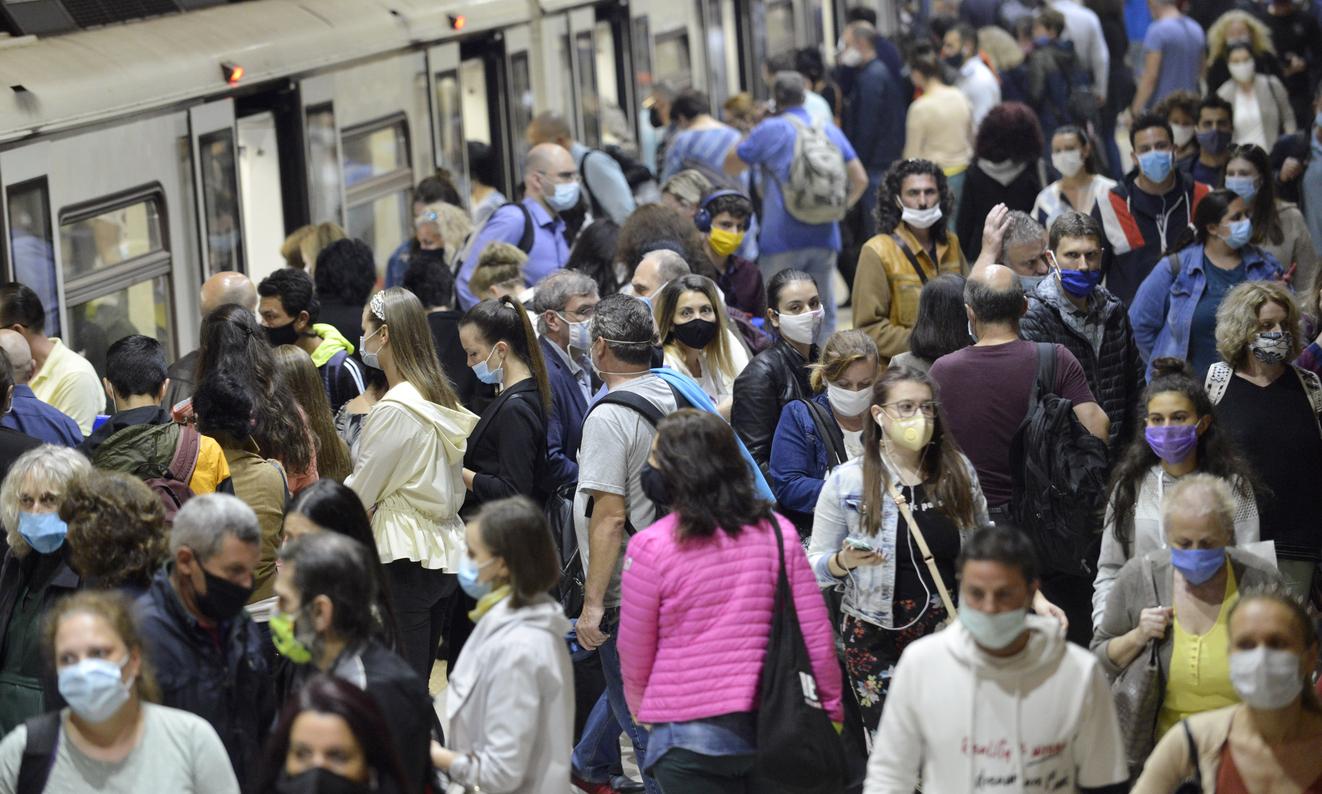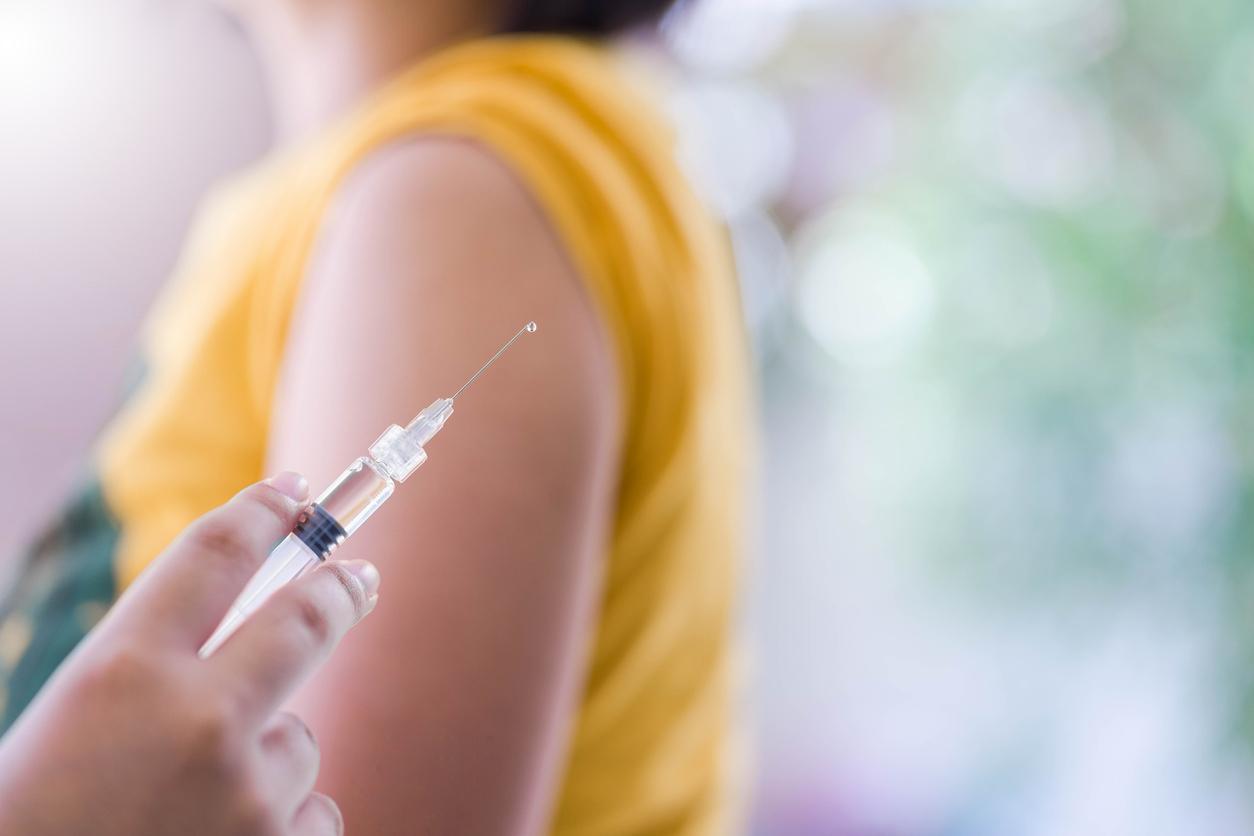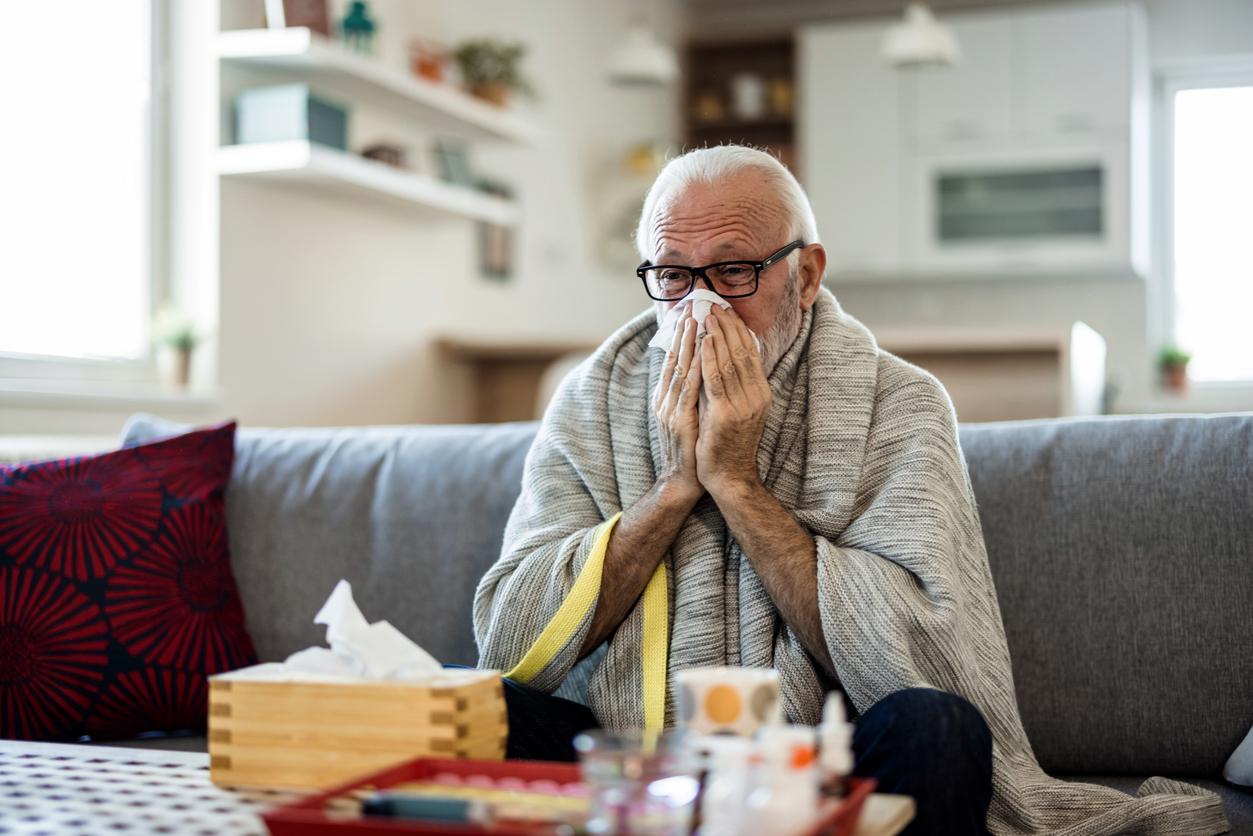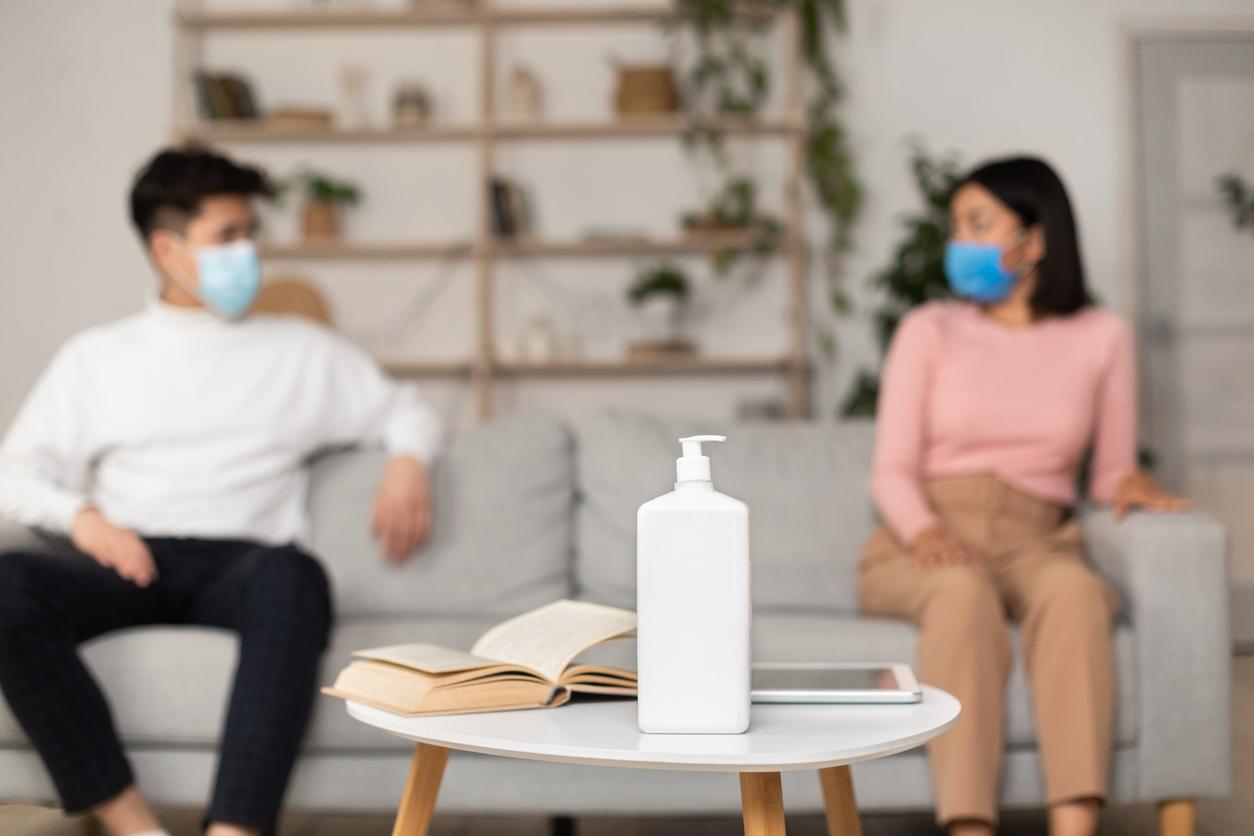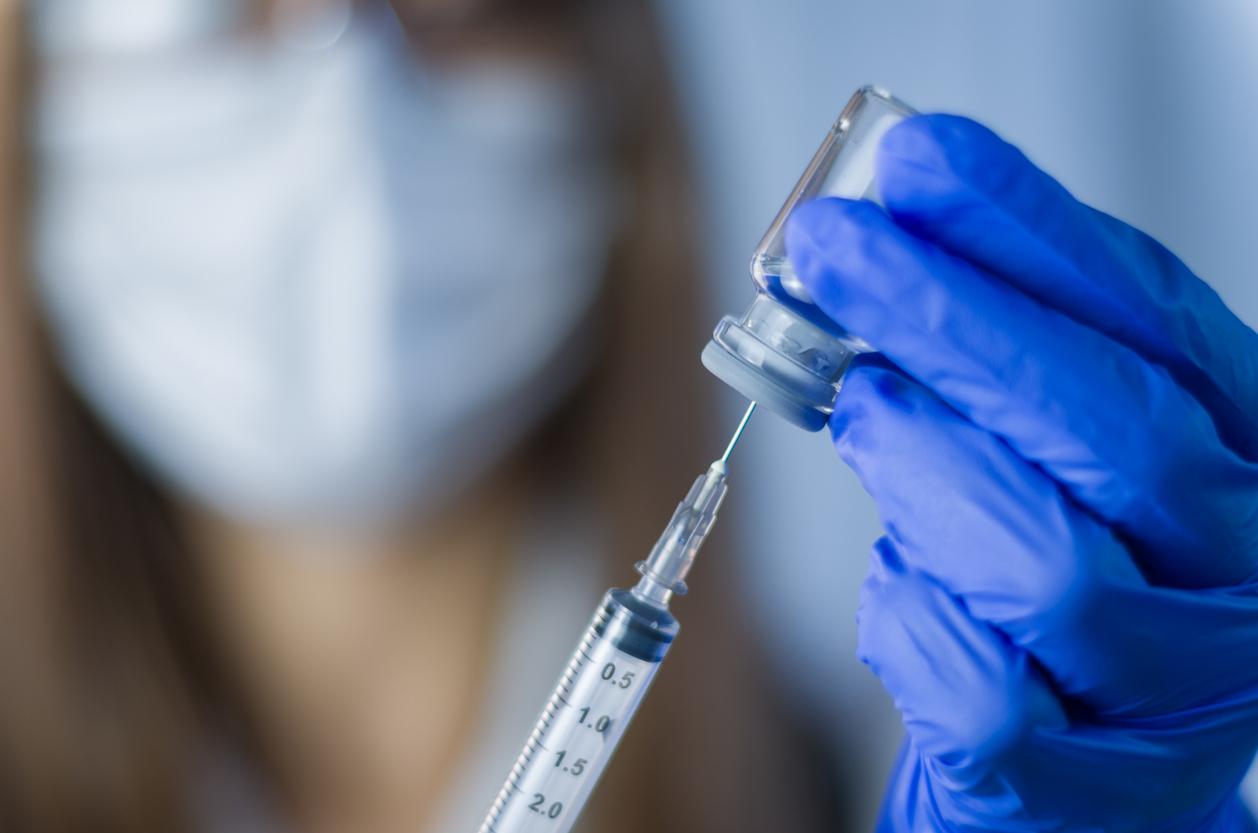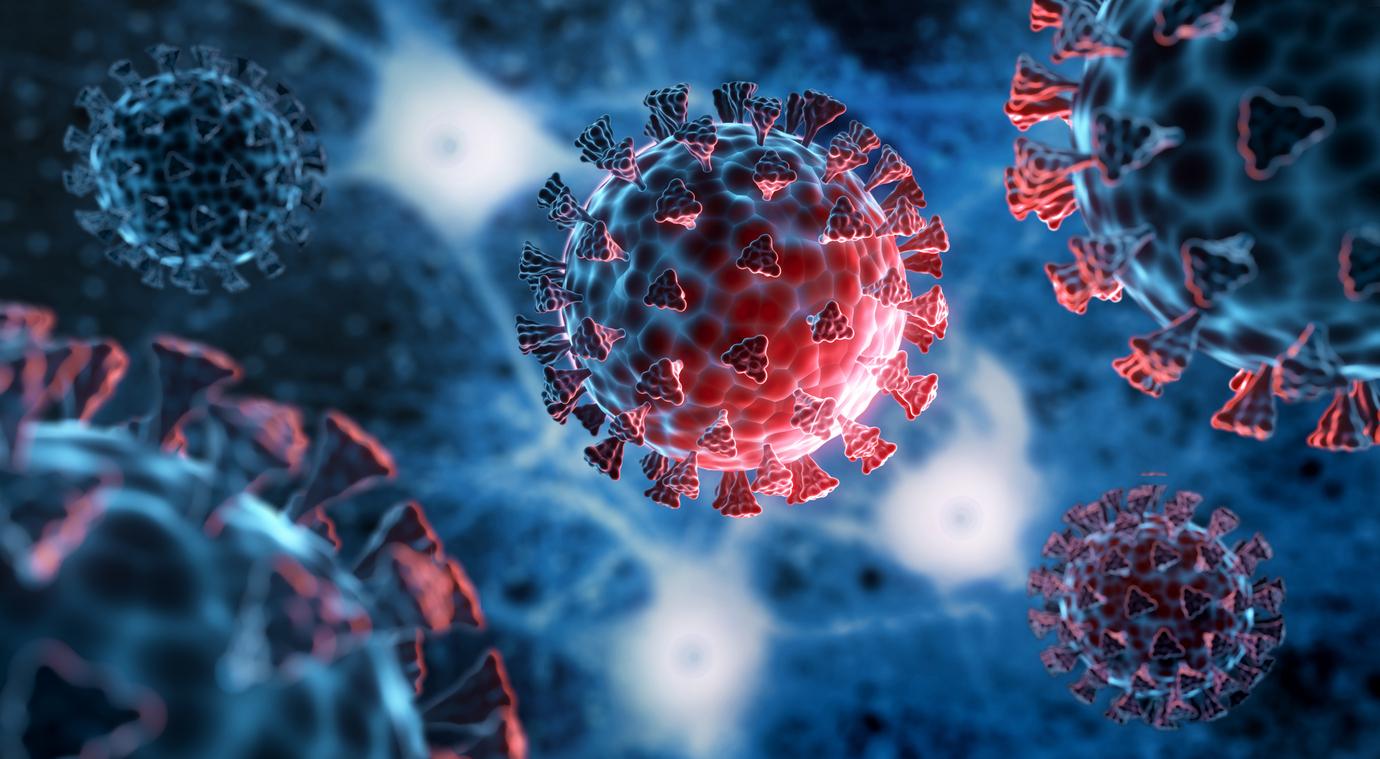The British laboratory AstraZeneca announces an effectiveness ranging from 70 to 90% for its candidate vaccine against Covid-19 developed with the University of Oxford. This is less than its American competitors Pfizer and Moderna and the Russian Sputnik V, but it has the advantage of being manufactured at lower cost and easier to deploy.
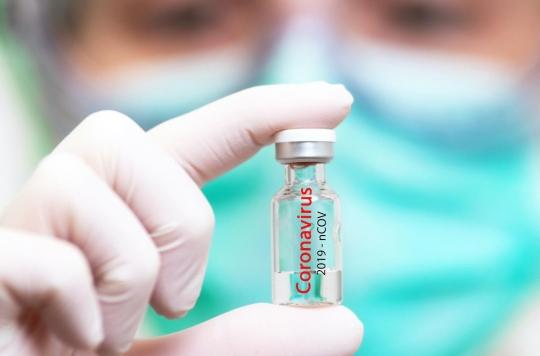
- The British vaccine shows 70% effectiveness which can climb up to 90%.
- The first US vaccines could be deployed as early as mid-December.
- The French remain reluctant about the possibility of being vaccinated against Covid-19.
The race for a vaccine is heating up and it looks like we are approaching the final line. The British laboratory AstraZeneca has announced preliminary results on the effectiveness of its candidate vaccine against Covid-19, developed with researchers from the University of Oxford, in phase 3 and last phase of clinical trials. They are the third to post these results after the Americans Pfizer and Moderna and the Russian Sputnik V.
– What are the most advanced vaccine candidates?
In a press release published this Monday, November 23, the pharmaceutical group AstraZaneca presents an efficacy of its vaccine candidate at 70%. The researchers judge their vaccine “highly efficient” and add that no participant in the trials developed severe forms or required hospitalization. This efficiency climbed to 90% in a first group which received a half dose and then a dose a month later. It fell to 62% in a second group who received two doses in all, one month apart. These results are the fruit of tests carried out on more than 20,000 people, of whom 131 contracted the disease.
The British join two other American vaccine candidates, developed by the Pfizer and Moderna groups at the head of the vaccine race. The first announced last November 9 a 90% effectiveness of its BNT162b2 vaccine developed with the German BioNTech. For Moderna, this climbs to 94.5%, the group announced a few days later for its mRNA-1273d vaccine. The Russian Souptnik V is also part of the leading quartet. Its vaccine, developed by the Gamaleya Institute, is said to be 92% effective.
The French are a bit further behind. Sanofi Pasteur’s vaccine candidate recently obtained convincing results during phase 2 clinical trials. Phase 3 must take place until May but to reduce the gap with its competitors, the production of the vaccine will be launched in September, announced Olivier Bogillot, president of Sanofi France.
– What are the differences between the vaccines?
The British and American researchers used two different approaches for their vaccine. The Oxford and Astrazeneca teams bet on introducing the code for the virus’s spike protein, responsible for the infection, into the genetic information of another virus which, when modified, enters the human cells that bind their genetic material and proceed to make the spike protein of SARS-CoV-2. This spike protein production will then stimulate an important immune response that prevents the coronavirus from using its spike proteins to latch onto and enter cells.
The American vaccines developed by Pfizer and Moderna use the same method: messenger RNA. It is a molecule used by the cell to make proteins as if it needed them. Messenger ribonucleic acid, or messenger RNA, is a temporary copy of a section of our DNA, the genetic code for all our cells. A strand of messenger RNA contains all of the assembly instructions for a cell to create a protein. The result is the same as for the other technique since in the end, it is a question of preventing the virus from using its advanced proteins to cling to cells and penetrate them.
The Sputnik V vaccine uses transformed adenoviruses to help the immune system fight the coronavirus. This so-called vector vaccine solution provides the body with some of the completely harmless Covid-19 genetic material, which our body can use to manufacture antibodies against Covid-19. Adenoviruses are a family of around one hundred viruses, of which around forty can infect humans. Our body has already encountered an adenovirus, since it is one of them that is responsible for the common cold.
– When will the vaccines be ready
The two American groups are confident about the deployment of their vaccine before the end of the year. The logistics for the availability of these vaccines are already in place, production has started and once the approval for their marketing by the American drug agency (FDA), the deployment could take place in the following days. In Europe, their availability could intervene for the beginning of 2021, specified a European source with theAFP.
For the British vaccine, the AstraZeneca group says it is advancing rapidly in the planned manufacture of 3 billion doses, which will be available in 2021. At Sanofi, the date of June 2021 is advanced for its availability.
– What are the storage and transport conditions?
The big difference between these vaccines is their transportation. In this game, the Americans seem to be the most difficult to deploy. The technology used currently requires very low storage temperatures, around -70 degrees, which could slow their distribution. To overcome this problem, researchers from the Pfizer group have announced, Business Insiderworking on making their vaccine available in powder form for next year.
The UK vaccine does not require such freezing and relies on a “simple supply chain”, welcomes believes Pascal Soriot, general manager of AstraZeneca, quoted in the press release. The vaccine “will be accessible and available worldwide”, he continues.
At Sanofi, we also highlight the ease of conservation of their vaccine. “Our vaccine will be like the flu vaccine, you can put it in your fridge”, announced its president on CNews.
– How is the vaccination campaign prepared?
Once the vaccine is available, major vaccination campaigns will be launched. “The question of a compulsory vaccine ‘will arise’”, recognized Gabriel Attal, the government spokesman, at the Sunday newspaper (JDD). The government has named its “M.Vaccin” Louis-Charles Viosat, former director of the cabinet of the former health minister (2002-2004) of Jacques Chirac, Jean-François Mattei. The latter’s mission is to organize the vaccination campaign.
The other question that remains unanswered is that of knowing which population will be primarily concerned by the vaccine. “Those who will be vaccinated as a priority will be health and medico-social professionals in direct contact with patients, and people most at risk of serious forms of the disease, elderly people or people with comorbidities.”, advanced the Pr Daniel Floret, vice-president of the Technical Commission for Vaccinations of the High Authority for Health (HAS), responsible for drawing up the recommendations, at the Figaro. A final opinion from HAS is expected by the end of November.
An Elabe poll published on November 18 announces that only 40% of French people plan to be vaccinated against Covid-19. Other previous polls have reported this French reluctance to vaccines. A survey published on 1er September by Ipsos that 59% of French people expressed their desire to be vaccinated against the virus compared to 74% of the world’s population.

.






